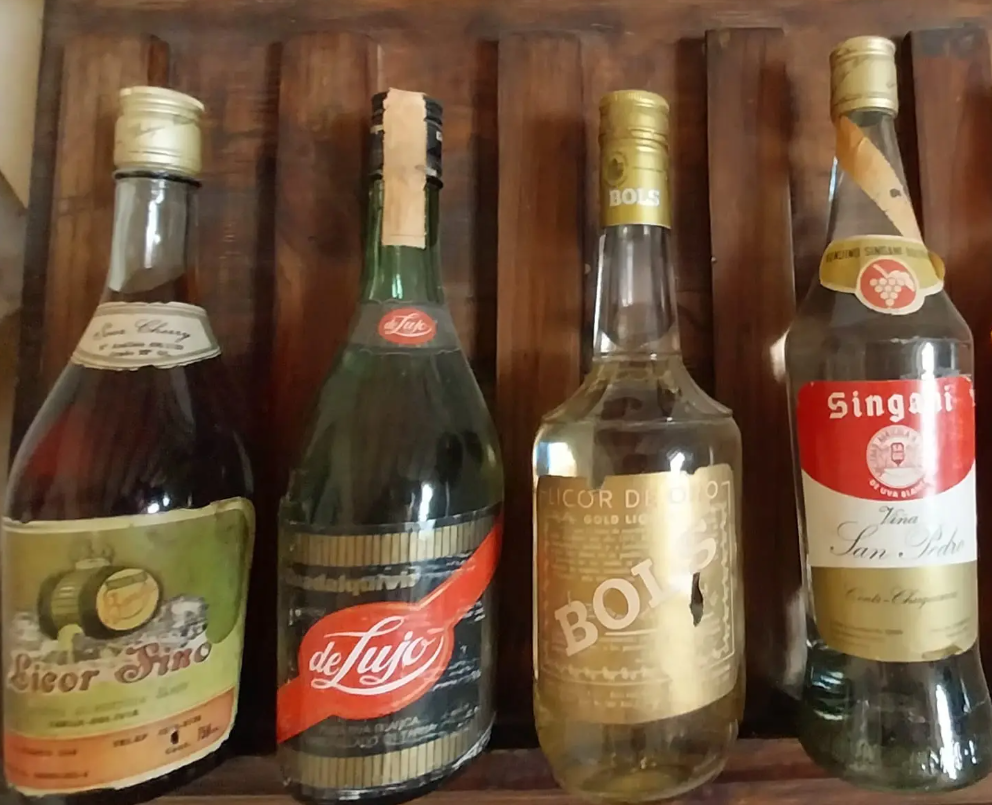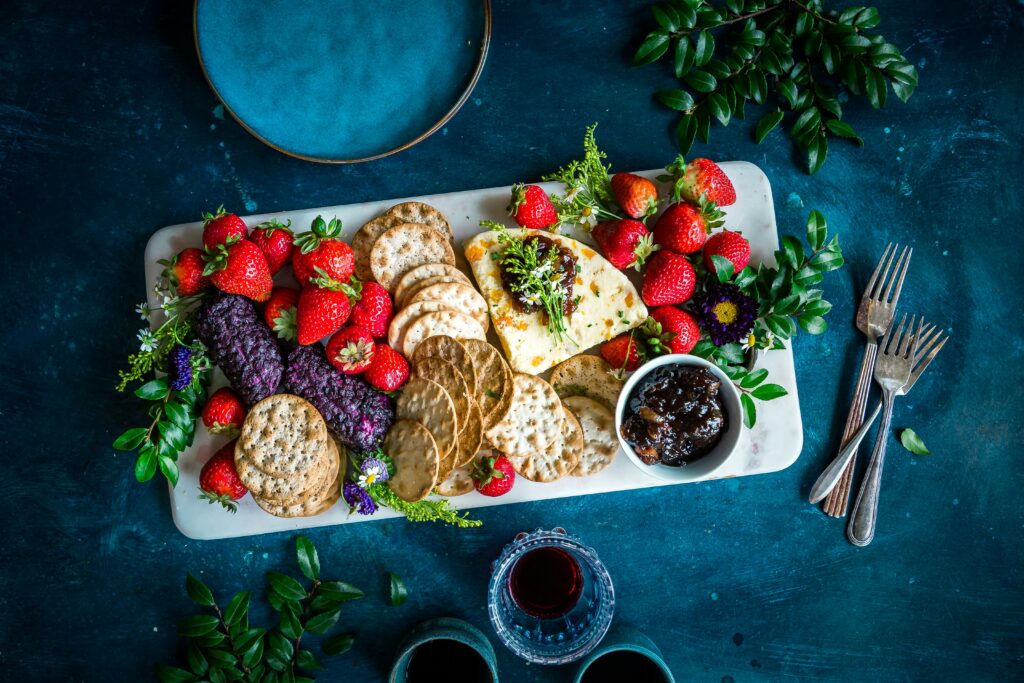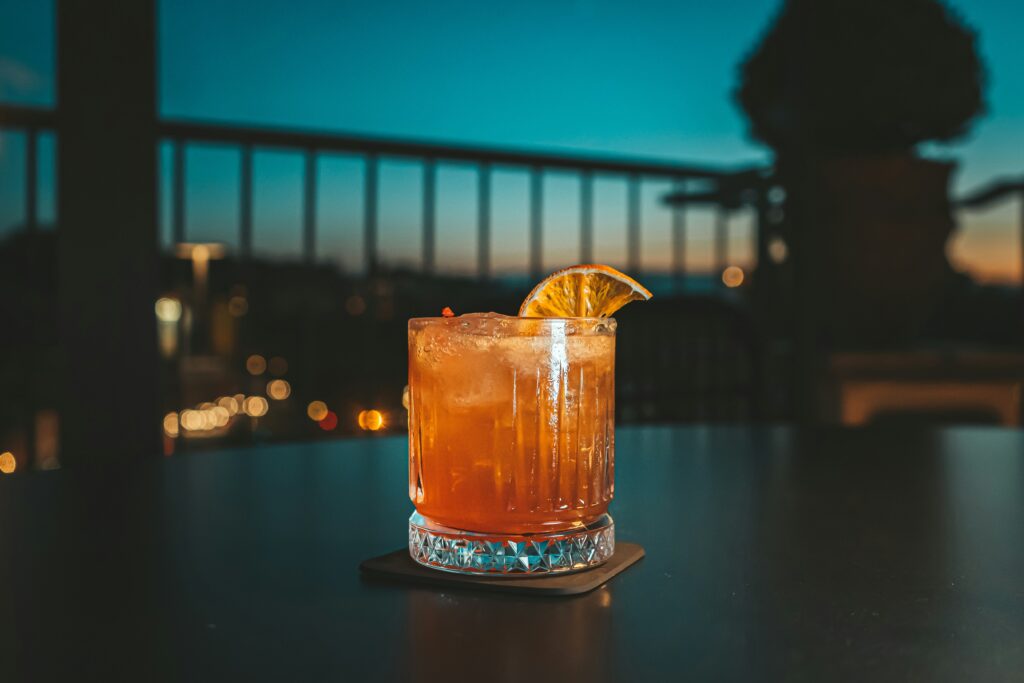
Introduction
In the past months my business partners in Naples, FL (USA), affiliate business partners in Tarija and Samaipata Bolivia and I are working with well known producers of Singanis and Vinos de Altura from the Southern Bolivian region on a project to create distribution in Chicago, IL and South West Florida. The objective is to consequently expand across other states, based on innovative Outbound strategies.
The renowned Magazine Moscatel featured recently an article on the challenges and opportunities for Bolivian wine and Singani producers.
Both, in the national market as well as in the export market, one of the key points that is emphasized on, is the challenge that the wines and Singanis currently are positioned primarily in markets with high, negative price elasticity, meaning that customers are perceived to be very sensitive at pricing and price changes.
That not only leads to trap the producers in a competition mainly driven by price within the same product categories of wine and Singani but also beyond that category. So other low cost spirits like Fernet, Jägermeister or even beer appear to be interchangeable with a high quality wine distillate like Sinagni or the specialty wines like Vinos de Altura for which the grapes grow above 5,000 ft.
At the same time over the past 30 years the quality of the wines and Singanis produced in general in Bolivia, has enormously improved.
On top of that the total production of wines and Singani from Bolivia is relatively small. This all speaks for a target market of connoisseurs and aficionados with a corresponding higher and top pricing.
Between 2008 – 2010 I had the privilege to closely work with professors from the INSEAD in Fontainebleau, France, the cradle of the Blue Ocean Strategy approach and one of the top 3 business schools in the world for decades.
So whenever there is talk about price wars, highly competitive markets and the related consequences for outbound strategies, I like to fall back on the Blue Ocean Strategy toolbox.
One of the core themes with the Blue Ocean Strategy is the search for the noncustomer so as to escape the challenges related to highly competitive markets.
The following case illustrates how going after the noncustomer can grow a business in what is perceived a mature and saturated world.
| The Blue Ocean Strategy developed by A. Mauborgne and W. Chan Kim from the INSEAD in Fontainbleau (FRA) offers a toolbox to create Value Innovation in highly contested market spaces. Our partner, Dr. T. Reiss worked between 2008-2010 closely with professors that contributed directly to the development of the famous approach that thrives to achieve extraordinary value generation. |
As-Is Analysis
Let’s have a look at the current market situation and the key characteristics of the competitive environment in the Singani market.
Our analysis confirmes that there is very little differentiation between Singani producers’ offerings. Only player 1 shows a distinguished strategy driven by sales activation through on-premise teams and bartender interventions at bars, restaurants and events. But this variance centers around only 1 element: the activation activities.
Otherwise all of the companies are competing on the same criteria and interesting enough, that same mindset is exported to international markets. Therefore we can assume for the purpose of this case, that the logic and resulting strategy with which producers approach their Internationalization corresponds to the one for the internal market.
Brand: While distinguished brands exist, it seems that the brands do not leverage on it to archive a distinguished marketing and branding strategy that allows them to:
- break out of the vicious cicle of competition on price.
- define and find the noncustomer.
Quality: Many brands offer a selected portfolio of qualities ranging from 3-6 different products overall, depending on the single producer. But again, in each cluster of product quality the main battleground is the price.
Price: In the national as well as in the international market the assumption of the players is that they are operating with a highly, negative price elasticity.
Rarity: None of the analyzed companies shortens the supply or uses e.g. vintage tactics to cut out of the traditional struggle with others.
Exclusivity: The annual Singani production is relatively limited in comparison with e.g. the Peruvian Pisco production due to the limited area in which the processed grapes are cultivatable. But none of the reviewed wineries are targeting specifically Connoisseurs and Aficionados.
Emotion: The historical context, the family traditions of the winemakers are not used strategically to tie the customer to one’s specific brand, while sophisticated spirits can be seen as a contextual art (Pinky, leading LatAm bartender).
On-premise: Walking through a supermarket or even a specialty store none of the brands leverages on a distinguished, sophisticated presence and presentation within the point of sales environment. Activation: Only 1 brand in the population of our analysis uses street teams and bartender interventions in a relevant and impactful way to increase sales.
Activation: Only 1 brand in the population of our analysis uses street teams and bartender interventions in a relevant and impactful way to increase sales.

Analyzing the customer motivation to buy Singani and the related factors that influence the buyers decision, confirmed again the challenges that producers face in the existing, traditional markets: It looks like it’s all about the bloody price and therefore, it’s a bloody Red Ocen.
We noted that people buy Singani because A) they look at it as an inexpensive spirit that does the trick B) People did not look for specific brands while easy availability and price are the main reasons to purchase a product. C) Most current consumers drink the Singani pure and not mixed in cocktails. D) People don,t feel special consuming Singani. It is primarily treated as a commodity. E) It is very rare to order Singani when people are in trendy bars or restaurants. F) Singanis are rarely bought as upscale gifts and can not compete with e.g. Cognac, premium Whiskeys or top shelf Tequilas.
Continuing our research we further looked into customers that purchase presumably interchangeable product categories like Fernet or other Herbal Distillates, bottom shelf Vodkas or e.g. common Brandy’s. All of the interviewed also occasionally drink Singani but in that cluster it really does not make a big difference to them which alcoholic beverage they consume. Their choices are rather random and not driven by the desire to specifically order Singani or even less so, to enjoy a specific brand or product quality.
Furthermore there is close to no consumer awareness regarding the production process of Singani or the differences in quality, nevertheless the closely related Family Traditions.
When asked, the respondents were not able to name at least one cocktail they wld know based on Singani with the rare exception in reference to Chuflay.

So our next field of investigation was to understand what people do not like about Singani and why it is in their perception very interchangeable.
- It is a local product so it can’t be as good as imported spirits.
- It’s not fashionable and cool. It’s not a distillate for a 1st date.
- Not a good mixer for cocktails.
- It’s a cheap product.
- People don’t know enough about different qualities.
- All Singani brands are the same.
- It’s not on top of the mind. Never thought about ordering Singani or buying it for a party.
| The final objective of our intervention is to understand how we can move Singani from a highly competitive, presumably price driven market onto a Blue Ocean path towards uncontested market space. |
Buyers Utility Map and Strategy Regeneration
By building the Buyers Utility Map we achieve a better understanding of what makes spirit lovers not purchase Singani and what could be potential fields of improvement.By doing so we gain a better understanding of the roadblocks to be removed to make nonbuyers to become aficionados.
- More on-premise presence through e.g. displays, in store promos & street teams.
- Innovative packaging, gadgets as gifts.
- Mixers, Cocktails,
- Raffles, promotions, flights with different Singanis
- Everywhere availability undermines the perception of exclusivity and positions the product as inferior.
- Staff recommends presumably interchangeable products.
- Recommendation of bottom shelf quality by staff.
- Not a destination product.
- Online ordering through exclusive platforms.
- Low pricing.
- Missing professional advice due to unaware staff.
- Cross promotion to bring customers to buy higher quality, stronger brands.
Understanding the none-customers helps profiling them and therefore to make one understand where adjustments to the current value proposition should be made to be able to reach out to them and to make them connoisseurs.
By doing so, latent demand is unveiled away from the traditional Red Ocean and “unlimited” market space is discoverable.
Once the Byers Utility Map and the Tiers of (Non)customres are explored we apply the ERRC Grid to pursue the differentiation regarding the traditional market and hereby to break the value-price-trade-off. Ideally the segments Eliminate and Reduce also lead to a reduction in internal costs related to the production and distribution of Singani.
Based on the learnings through a thorough analysis it is possible to define a new, a Blue Ocean value proposition that taps into the uncontested market space.
Conclusions
Since in this 1st phase the focus of the Team at Paradise Business Consulting is on the Chicago and Florida market and to bring the most innovative, forward thinking Singani & Vino de Altura producers in ultimate consequence to all US states, the Blue Ocean exercise was applied to the specific region that will serve as the US entry point.
The main learnings in the Florida context are:
- Price becomes almost irrelevant in a market where the product is not- or unknown.
- In this phase the focus needs to be on brand and quality awareness.
- Boutique products need boutique distribution (G. Garlaza Oroza) including quality sales staff, street teams and bartenders for sales activation deployments, as well as customized branding & marketing strategies.
- BOOTS ON THE GROUND is KEY.
- The novelty and exclusivity aspect is a field that needs emphasis.
- To align Outbound activities with Inbound needs like logistics, warehousing and strategic stocks is fundamental to control costs.
Sure enough, a few weeks after our team started elaborating the present case, we already received further requests from a beer producer in Bolivia and another spirits producer from Austria.
Blue Ocean Strategies are always worth pursuing!

Or as Mark Searle from UC Berkeley put it: ‘ … Innovation is not magic; As an Innovation Operative©, your mission (should you choose to accept it) is to become systematic in exploring and connecting … ‘
About the Autor
Dr. Torsten Reiss graduated from the Universita’ degli study di Bologna, the oldest Unversity in the world and after he started his career as Investment Banker for Deutsche Bank. Later he worked for many years in Strategy- & Management consulting in countries such as Germany, Italy, Poland, the UK and several countries in LatAm before returning to deliver concepts for the PE and M&A industry.
In recent years TR gained in-depth insights into the world of Technology- & Business Model Innovation working with start- & scaleups. He has a strong academic record teaching as guest and working on case studies with some of the top 10 MBA schools worldwide and to end up developing a MiniMBA together with some renowned professores from Universties like UC Berkeley, MIT and IEEE.
As entrepreneur and executive TR was involved in more then 30 company launches and Internationalization projects on 3 continents.

Leave a Reply